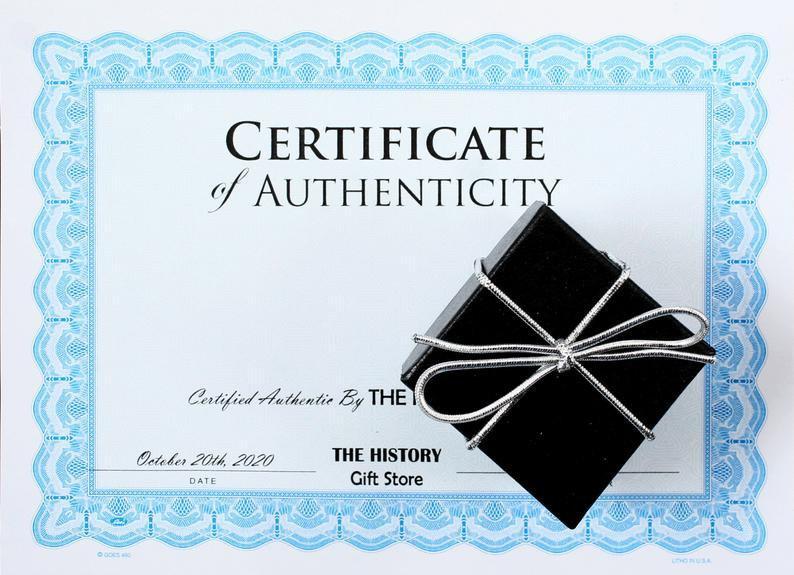Produced for one of the major powers, perhaps Saxony, during the rearming after the Napoleonic Wars. During that period, virtually all of the major world powers analyzed their weapons based on performance during the past war and sought to modernize them based on their experience. Many drew directly on French models and adopted them as standard. This example responds directly to the controversy over the use of heavy cavalry which resulted in renewed popularity of lancers. Cavalry swords, including our own through the Civil War, were used as concussion weapons, able to inflict traumatic wounds cracking bones and flesh without cutting as such. The closing velocity of the cavalry charge approached 60 miles per hour and a sword which cut would be embedded in its victim and lost to its owner. This example attempts to improve on the first impact while preserving the ability to counter strike, by reversing the section of the blade. It has a 35 ½” curved blade with forward (convex) back edge (thick) and the inner curve sharp. The tip is clipped in the Eastern European/Ottoman taste. The faces are slightly concave section and the root is struck with a crisp ordnance mark verifying that it was made in a military arsenal. The hilt is substantial, but quite simple, similar to Starr production and the wood grip scales snap into the grips, probably originally covered in oil cloth or leather. Very rarely, including some Swedish officer’s swords, are curved double edged blades encountered. This is the only curved inner edged blade we have ever seen. The ordnance mark is crisp and clear and should allow for identification to the country of its origin.














